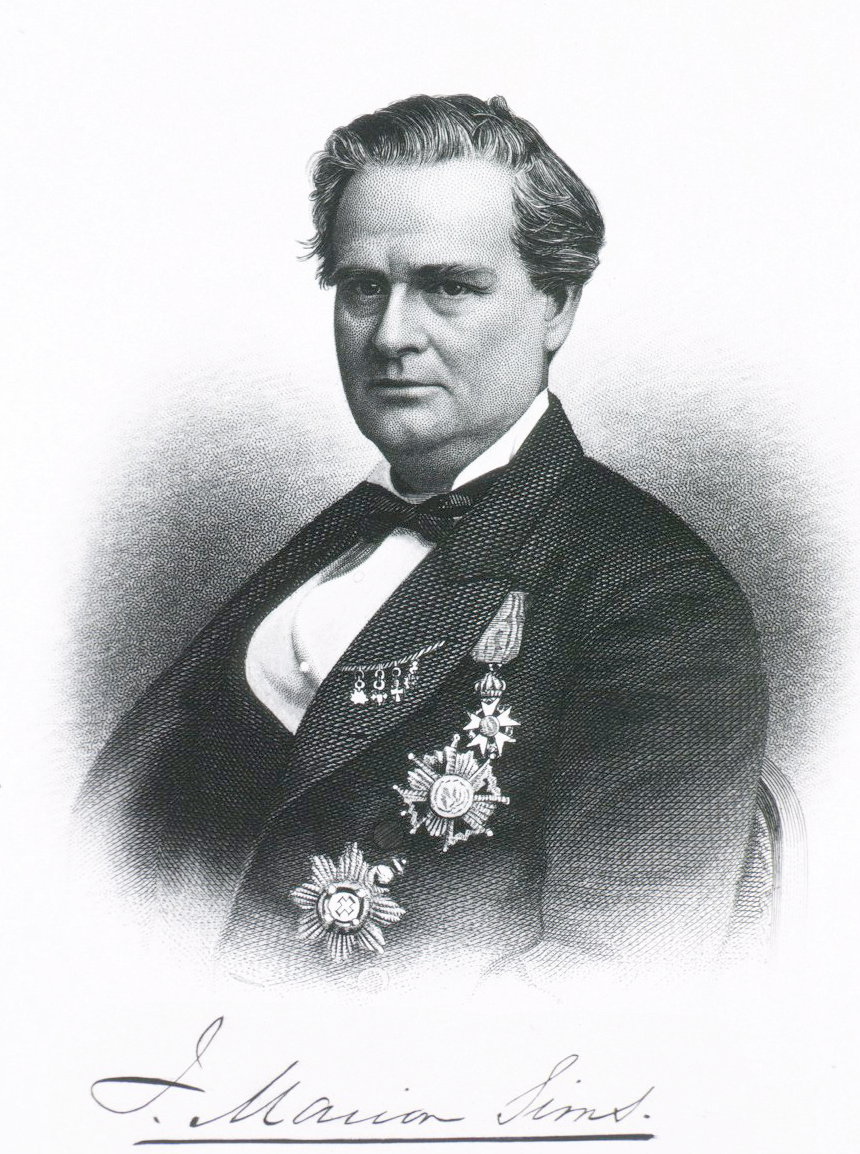“Knowing that whatsoever good thing any [wo]man doeth, the same shall [s]he receive of the Lord, whether [s]he be bond or free.” – Ephesians 6:8
All I can say is, I had no idea! Let me explain what I mean by that. I attended a women’s health fair at our local university last spring at which the keynote speaker was Randi Hutter Epstein, M.D. After listening to her lecture I purchased a copy of her book, Get Me Out: A History of Childbirth from the Garden of Eden to the Sperm Bank.
Being the birth junkie that I am I immediately buried my nose in my signed copy. I enjoyed the author’s comprehensive and witty approach to the topic. Being a childbirth educator I soaked up the information, but I halted at chapter two, “Slave Women’s Contribution to Gynecology.” I am not surprised that slave women were experimented on in the name of furthering gynecology but I admit that it had not yet crossed my mind.
What I did not know is that we owe much to our African sisters who took part in furthering the health of women of all races. So where does this story start? It starts with J. Marion Sims. The J. Marion Sims foundation is quoted as saying that he “was one of the most famous physicians of his time, renowned as a surgical genius and as one of the founders of operative gynecology.” He boasts an impressive resume including servicing royalty and even President James A Garfield after he was shot in 1881. He also “served as president of the American Medical Association in 1876, as president of the International Medical Congress in 1877, and as president of the American Gynecological Society in 1880.” There are monuments built in his honor along with a hospital named after him.
There are a few important details left out of this description. And that is that he owes his fame to ten African slaves, three of whom we have names for, Anarcha, Betsy, and Lucy. Some of the slaves actually died as a result of his surgical experiments. Wendy Brinker has been quoted as saying,“The success of J. Marion Sims . . . rested solely on the personal sacrifices of the enslaved African women he experimented on from 1845 to 1849.” [1]

Anarcha was the first slave woman brought to Sims by her owner because she suffered with a condition called vesicovaginal fistulas. VVF is an abnormal fistulous tract, extending between the bladder and the vagina that allows the continuous involuntary discharge of urine into the vaginal vault [2]. This condition rendered a slave “useless” to her owner. She was no longer able to work or give birth to more slaves. She was often ostracized as a result of the foul smell. VVF is not just a problem of the past. It is still found in many developing countries (usually caused by prolonged labor) and is often underreported. [3] In industrialized nations VVF is frequently “a result of iatrogenic [doctor caused] injury at the time of gynecological surgery in particular hysterectomy.” [4]
In the time of Dr. Sims, African slave women were inflicted with VVF for a few different reasons. Many slaves were malnourished and had rickets which caused their pelvis to be deformed which in turn caused prolonged labor necessitating the need for forceps or other extreme measures to extract the baby. In addition, many African slave women were victims of violent rape or conceived babies at a very young age before their bodies were mature enough to fit a baby through the pelvis.
Many white women also suffered from this condition but Dr. Sims refused to work on them until he had perfected his surgery on African slave women. It was commonly believed at his time that slaves had a high tolerance of pain and that white women did not. When he finally did operate on white women, he offered them anesthesia which he never offered the slave women. He did allow observers to watch these surgeries/experiments. We will never know, but it is doubtful that these women were given the option of consent.
“These experiments set the stage for modern vaginal surgery. Sims devised instruments including the Sims’ speculum to gain proper exposure. A rectal examination position where a patient is on the left side with the right knee flexed against the abdomen and the left knee slightly flexed is also named after him as Sim’s position. He insisted on cleanliness. His technique using silver-wire sutures led to successful repair of a fistula, and this was reported in 1852.” [5]

Sadly, many of the women who suffer today from this condition are modern sisters to Anarcha (in the African regions) and do not have access to the care needed to correct this condition.
Being a woman who has had a few stitches “down there,” I can’t help but feel intense gratitude for these women. While I have never suffered from VVF, Dr. Sims and his patients are responsible for furthering the integrity of stitching materials. I decided to post this in the month of November being that it is a month of giving thanks. I feel a quiet reverence for these women. I don’t think they have been thanked or honored enough. There is a website dedicated to honor Anarcha as the mother of gynecology that tells her story in more detail, Anarcha: The Mother of Gynecology. Please take a moment to read her story as a way of offering her and her sisters the honor and reverence they deserve.
As I read this scripture from Ephesians, I thought of the courage of Anarcha, Betsy, Lucy, and their slave sisters:
“Knowing that whatsoever good thing any [wo]man doeth, the same shall [s]he receive of the Lord, whether [s]he be bond or free.” – Ephesians 6:8
So to these women, I want to offer my heartfelt gratitude:
Thank you Anarcha, Betsy, Lucy and sisters.
I have no idea what it was like to live your life or walk your path but I will never forget your contribution.

Wow that is really really fascinating and sad. I think sometimes we would be horrified if we realized how much of our modern medicine was practiced on people who could not give consent, like slaves, the mentally ill and prisoners. It makes me grateful that things have changed, in most parts of the world.
Wow. I just read through the links and was fascinated and horrifed at the same time. How grateful I am for all those that went before me. I have just recently treated a feminine problem, and was wondering just what women did for things like that before modern medicine. Now I know at, least in part, what they went through in being a women before better medical practices were set up. Thank you for educating me. I won’t forget it anytime soon.
I just read thru the links and I am the author of the story of Anarcha, Mother of Gynecology, and I must admit, it’s very, very wrong. I wrote it in 2004 when there was very little information available. Just a few articles (many of them filled with fabrications) and Sims’ autobiography, of which was was able to me only a few parts.
Today, I have access to a lot more information and am rewriting both the article on Anarcha and on J Marion Sims.
As a journalist, I know that I have no right to ever be right if I cannot admit that I was wrong.
I was very wrong. Anarcha was suffering terribly from her illness and she stayed with the doctor to assist him in his work. All the slaves he worked on were happy to go under the knife if he could help them and grateful for his skills.
Thank you for responding to my post. I admit I am intrigued by the additional information about Sims and Anarcha you have found. I would love to have access to it. It is hard to know how Anarcha and the other slave women felt about their experiences given they did not leave their story in their own words. Either way, I am grateful to her and her sisters who contributed to early obstetrical research.
The link to a new article written about J Marion Sims: http://wellnessjourneys.org/2017/12/05/dr-j-marion-sims/
Consent is more the ability to say no, which these women whether “glad” to or be subjects or not, were denied the right to say… and that’s what’s a bit disheartening, 30 surgeries were performed on Anarcha…personally, even healthy gyn exams are frightening. All we can do is offer recognition and respect for advancements made possible through/with them in a story that leaves no words from them.
Going into medicine,great to learn history, thanks for this post!